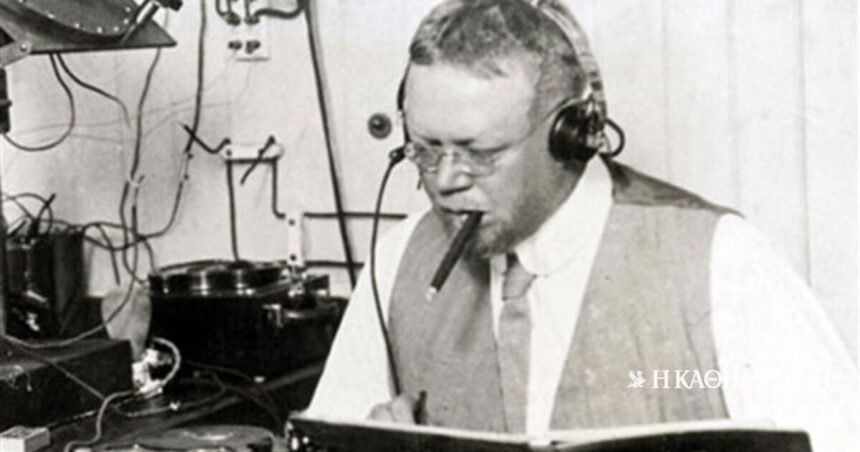As the eve of the Christmas of 1906, the world was on the brink of an extraordinary moment in the history of communication. Reginald Aubrey Fessenden, a brilliant Canadian-American inventor, was preparing to carry out the first wireless radio transmission of voice and musica feat that would forever change the way people shared information and entertainment around the world.
On the evening of December 24, 1906, Fessenden made this historic broadcast from a transmitter in Brad Rock, Massachusetts. Using a high frequency alternator that the General Electric engineer had built, Ernst AlexandersonFessenden’s experiment was groundbreaking. Prior to this, wireless transmissions were limited to Morse code signals, which were mainly used for ship-to-shore and maritime communications. Fessenden’s vision was to extend wireless communication to include clear voice and musicpaving the way for modern radio broadcasting.
At 9 p.m., Fessenden’s voice rang through the static-filled airwaves, addressing the ships that had been alerted to tune in to the broadcast. He opened the show with a reading from the Bible, specifically Luke 2:14: “Glory to God in the highest, and on earth peace, joy among men.” This message was followed by the violin song ‘O Holy Night’, accompanied by some phonographic recordings of Handel’s works. The broadcast ended with Fessenden sending Christmas wishes and wishing his listeners a happy new year.
The radio operators on the ships were surprised to hear a human voice and music instead of the usual dots and dashes of Morse code.
The response was overwhelming. Radio operators on ships receiving the transmission were surprised to hear a human voice and music instead of the usual dots and dashes of Morse code. This moment marked the first time in history that voice and music were transmitted wirelessly over long distances, highlighting the incredible potential of radio technology.
Fessenden’s achievement was the culmination of years of innovation and determination. Born in Quebec in 1866, he had an insatiable curiosity and a talent for invention. Early in his career, he collaborated with Thomas Edison and later set out on his own to explore the possibilities of wireless communication. By the early 1900s, he had secured more than 500 patents for his workincluding one on the principle of heterodyne, which became a fundamental concept in radio and telecommunications.
Despite his notable achievements, Fessenden’s contributions to radio technology were often overshadowed by other inventors, such as Guglielmo Marconi, who focused on wireless telegraphy. However, Fessenden’s pioneering work laid the foundations for the development of AM radio and modern broadcastingprofoundly shaping the way people communicate and share information.
Today, Reginald Fessenden is rightly remembered as a pioneer in the history of wireless communication.
In other words, the 1906 Christmas Eve broadcast was the harbinger of the golden age of radio in the 20th century, which brought news, music and entertainment into homes around the world. Today, Reginald Fessenden is rightly remembered as a pioneer in the history of wireless communication, and his historic broadcast remains a symbol of human ingenuity and innovation.
Column editor: Myrto Katsigera, Vassilis Minakakis, Antigoni-Despina Poimenidou, Athanasios Syroplakis




